VW TAKES ALL OR NOTHING APPROACH TO R744
- PostedPublished 3 November 2017
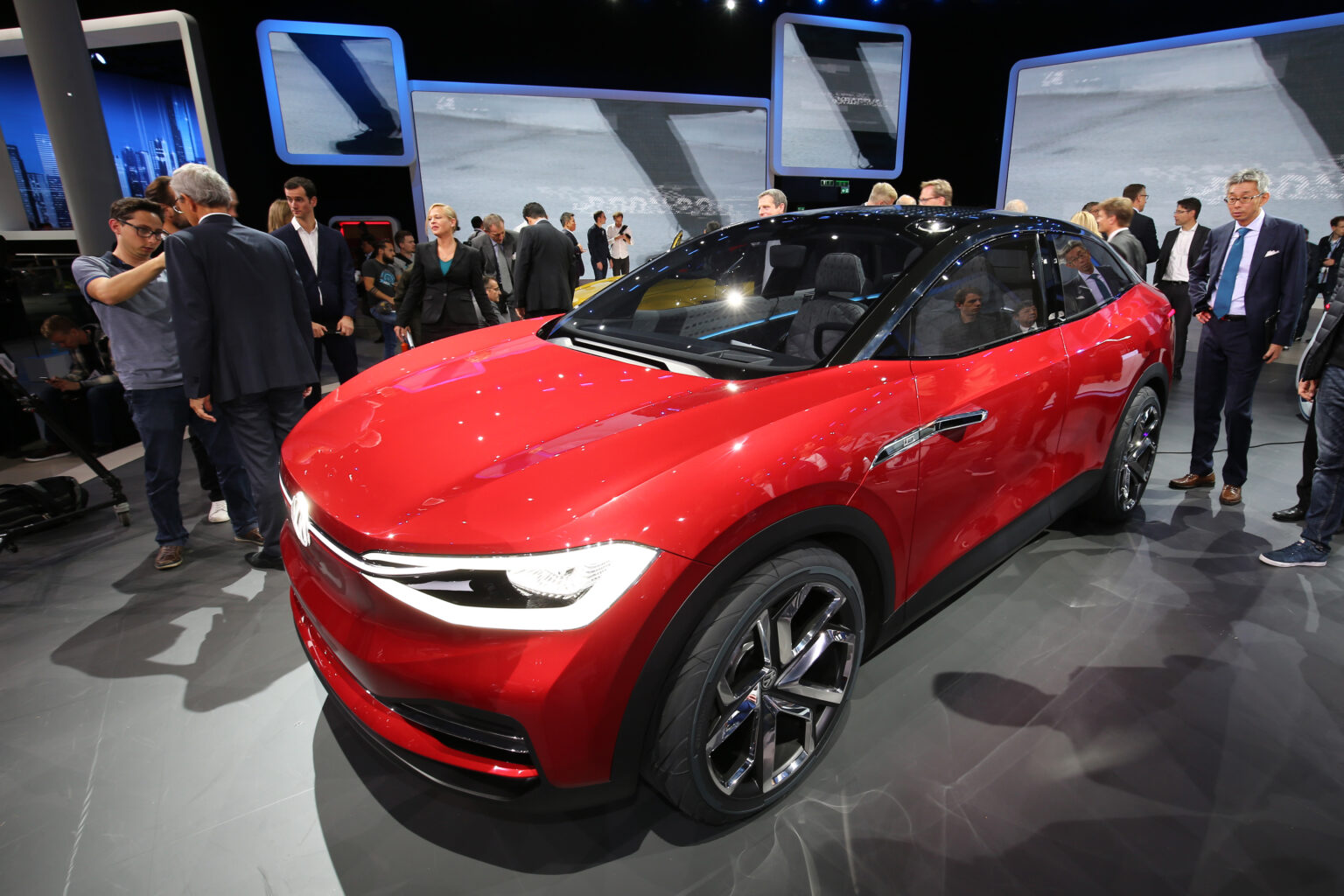
RUMOURS continue to swirl that Volkswagen has some 2.0-litre Golf prototypes with R744 air-conditioning systems under test, but word from company officials at the Frankfurt motor show is that this refrigerant will not see the light of day on any current platforms.
“We are developing it, I am not sure when or what approach, but I think the only opportunity is to spread it to reduce the cost,” VW technology spokesman Tim Fronzek told SightGlass News.
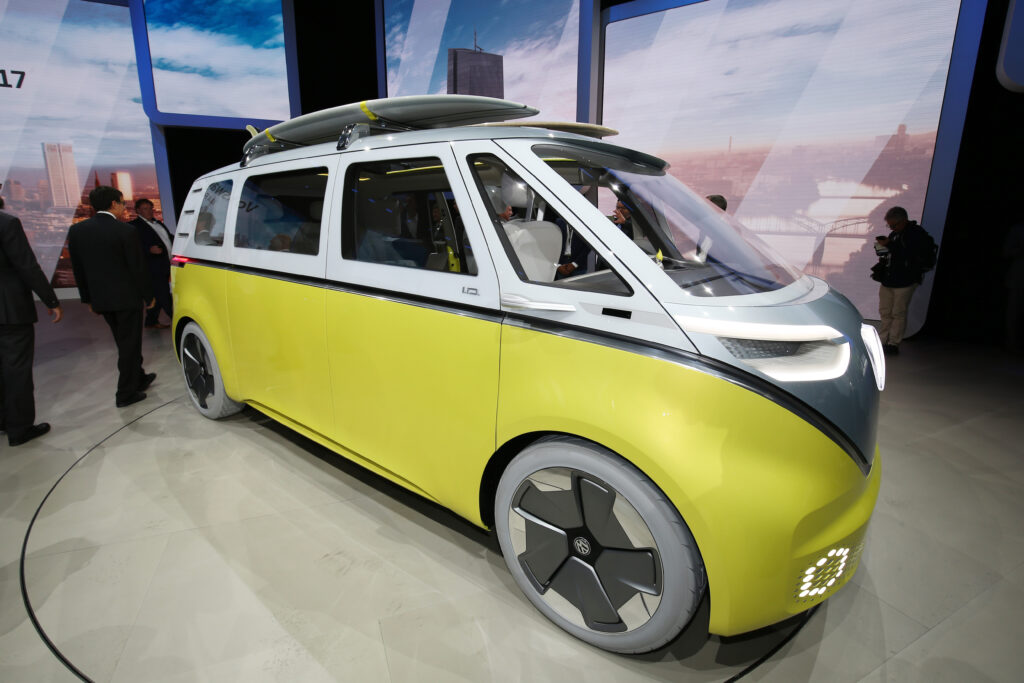
“A complete new family of cars may offer a starting point to integrate a new technology,” he offered.
Comparing the approach of VW Group stablemate Audi, which confirmed at Frankfurt that the new A8 runs R744, Mr Fronzek said a technological trickle-down effect would not work for the mainstream Volkswagen brand.
“Audi is doing it differently; they are doing the top-down thing with the A8, they have the 48V in there and everything,” said Mr Fronzek. “We have to be very efficient in terms of cost.”
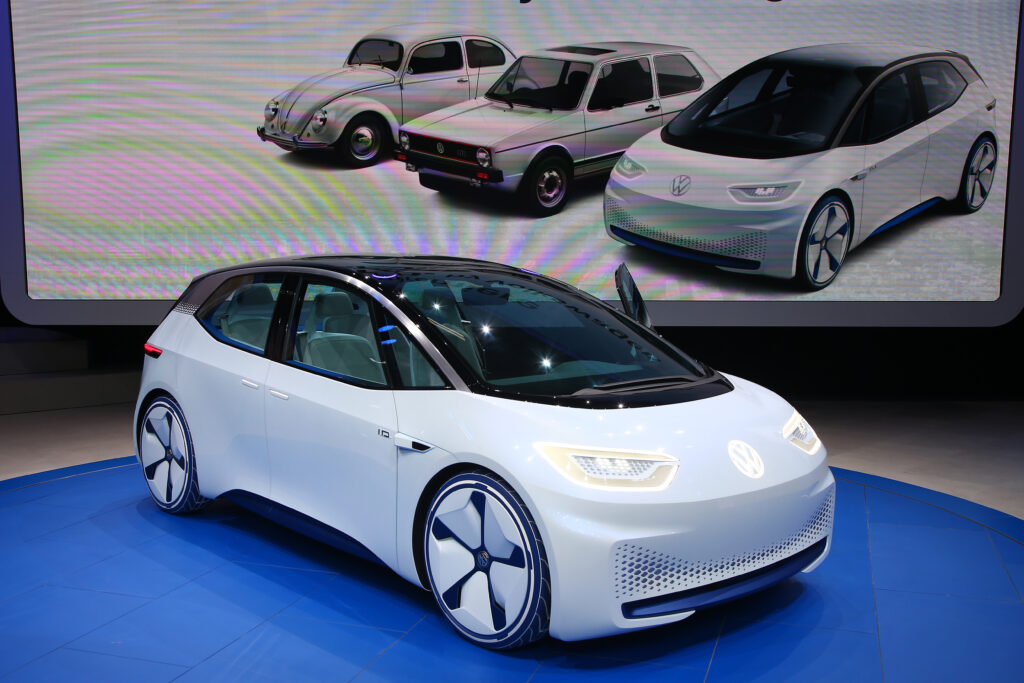
At the moment, the majority of VW products are based on the MQB architecture that has been adapted to underpin everything from the Polo light car to the Atlas seven-seat SUV.
Just before it made a mainstream debut under the MK7 Golf, MQB was debuted by Audi in 2012 with the A3, and it has since spread to the premium brand’s other compact models including the Q2 and TT, while Skoda and Seat use it for every current-generation model.
The sheer economies of scale enabled by such broad platform and technology sharing are obvious and VW seems intent on applying the same to its planned adoption of R744.
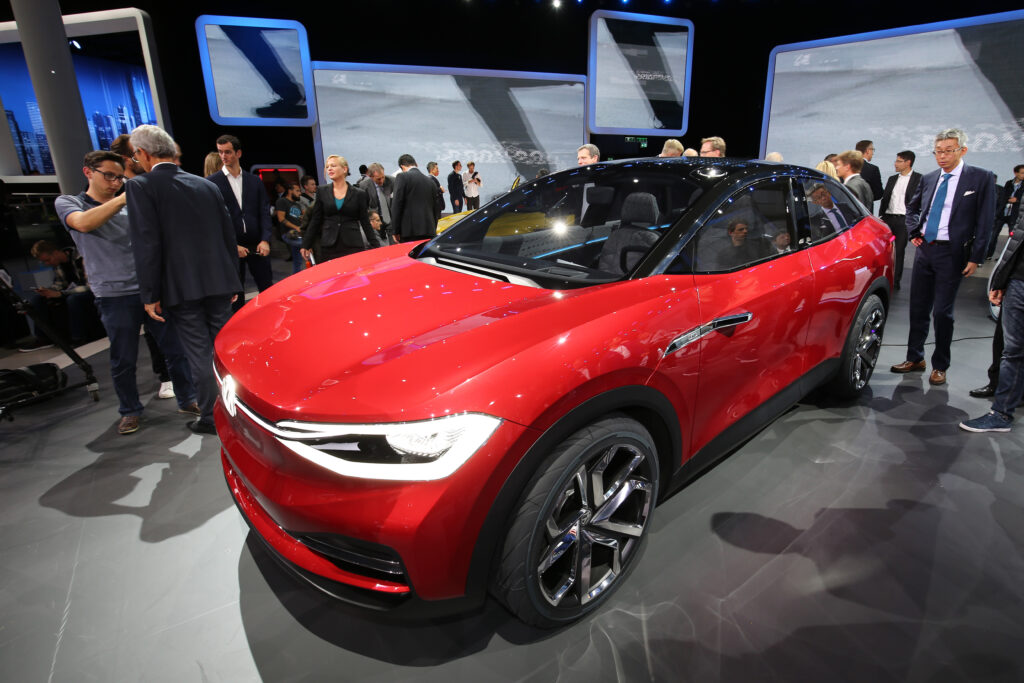
Mr Fronzek was well versed in the high pressures and associated engineering hurdles when it came to developing R744 systems.
“You have to recalibrate all that stuff and it costs lots of money to go to high volumes,” he said.
“That means when we do the change we have to do it with a wide approach to reduce costs.”
Volkswagen is currently developing its all-new MEB architecture for electric vehicles, which will first see the light of day in 2019 with a production version of the I.D. concept (pictured above centre).
The German company promises the production ID will be as significant as the original Beetle and the original Golf, will cost around the same as a diesel-powered Golf does today and have a 600km battery range.
MEB will also spawn at least four other VW brand vehicles, including a resurrected Kombi based on the I.D. Buzz concept (above left) and the inevitable SUV previewed by the I.D. Crozz concept that was unveiled at Frankfurt (above right).
Described as a ‘skateboard’ platform with the battery packs and control electronics sandwiched into the floorpan, MEB is potentially even more flexible than MQB.
Of course VW Group will be looking to make a substantial return on its investment by sharing MEB across its passenger vehicle empire, just as it has done with MQB.
Without confirming it, Mr Fronzek suggested the ID family would be a fitting recipient for R744.
Asked for clarification that R744 was definitely in the company’s plan, Mr Fronzek said: “Yes. I think it is something Volkswagen wants to do.”
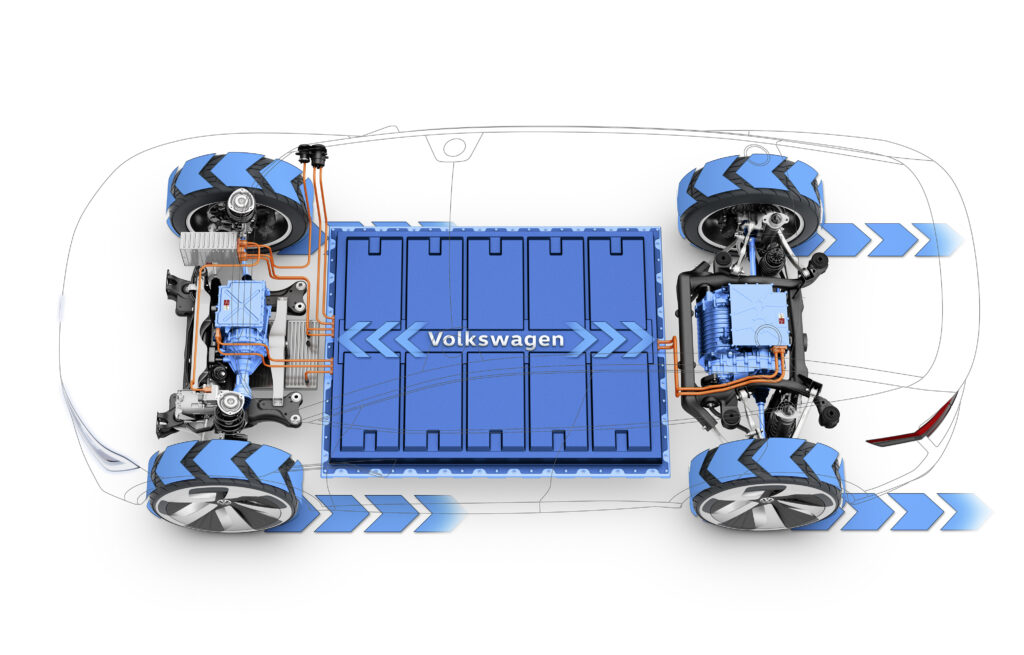
Because there is not yet an import restriction on vehicles with high global warming potential R134a, VW and a number of other carmakers send cars to Australia filled with R134a.
However, when asked if the same scenario would apply to R744, which remains unproven in hot climates, Mr Fronzek thought the cost of the new technology would limit VW’s ability to fit different systems for different markets.
“I don’t think we will have two different systems,” he said. “I’m not sure of the technical requirements in the hot climates.”
Unlike the situation of vehicles being filled with either R134a or R1234yf depending on regulations in their target market due to the system layouts and components being similar for both refrigerants, the cost of designing and installing air-conditioners for completely different refrigerant species may well be beyond the scope of mass-market vehicles.
Add to this the fact R744 has advantages as a heat pump refrigerant for electric vehicles and it starts to become clearer why VW is pursuing this path.
No doubt the VW 744 plot will thicken further between now and 2019.
Watch this space.
- CategoriesIn SightGlass
- TagsSightGlass News Issue 11

